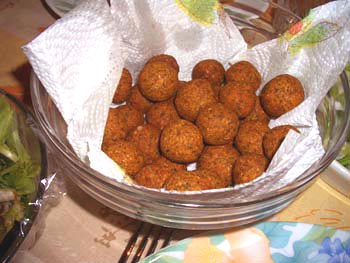Facts About Emirati cuisine
Emirati cuisine, the traditional fare of the United Arab Emirates, shares similarities with the culinary traditions of neighboring countries such as Oman and Saudi Arabia, along with influences from other Middle Eastern and Asian cultures. Today, the UAE's diet is a rich tapestry of global flavors. The origins of Emirati cuisine date back to the cultivation of date palms in the region around the mid-third millennium BC. Traditional Emirati food integrates the diets of Bedouins, fishermen, and farmers, with spices like cinnamon, saffron, and turmeric playing a significant role.
The Emirati diet includes meats, grains, dairy products, and locally grown vegetables such as cucumbers and tomatoes. Many dishes are stews cooked in a single pot, imbued with flavors from saffron, cardamom, turmeric, and thyme. Some classic dishes include Maq'louba, Margooga, Harees, and Machbous. For dessert, favorites like luqeymat and khabeesa are popular, and meals often conclude with red tea infused with mint. Although frequently confused with Levantine cuisine, Emirati food has distinctive characteristics.
Seafood has been a cornerstone of Emirati cuisine for centuries, and lamb and mutton are also popular meats. Due to religious reasons, pork is not consumed, and alcohol is primarily available in hotel restaurants and bars. Popular beverages include coffee and tea, often flavored with aromatic spices.
Emirati dishes you might encounter include Asida, Kabsa, and Machboos. Events like the Dubai Food Festival celebrate Dubai's status as a culinary hotspot, showcasing a wide variety of cuisines from over 200 nationalities. The festival is a testament to the rich culinary diversity and vibrant flavors found in Dubai.

 Oman
Oman